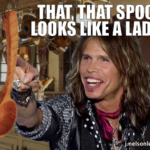
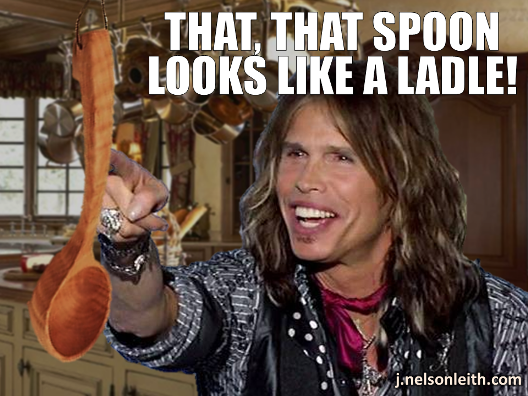
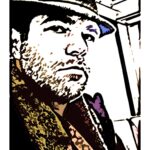
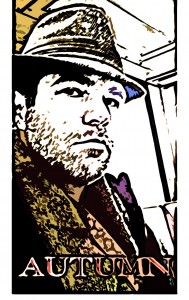 Not much to post today, since it’s a fairly significant holiday.
Not much to post today, since it’s a fairly significant holiday.
I’ve updated the Short Stories page to include a few that were somehow left out of the line-up. This weekend I plan to do the same for the Serialized Fiction page, in order to make this a more upfront and interactive part of the website. I’ll go further into the reasoning later, but the spark of it was the realization that I write far more than I let people read, and that’s not a generous or winning strategy in any light.
But for today, let me just say Happy Thanksgiving to my American readers, Happy Hanukkah to my Jewish readers, Happy Ascension Day to my Bahá’i readers! Instead of a post on literature, I’ll repost this Thanksgiving message from a now-defunct political blog:
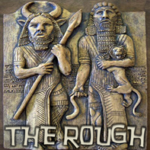
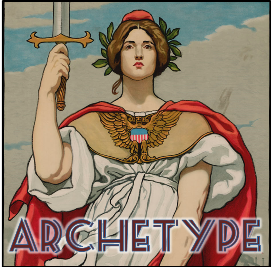 This is the second installment of my Writing Archetypes series, where I talk about certain roles, scenes, and plot points that can be found repeated in many stories. They synchronize stories with the narrative instincts of the human mind, and imbue them with a distinct psychological presence.
This is the second installment of my Writing Archetypes series, where I talk about certain roles, scenes, and plot points that can be found repeated in many stories. They synchronize stories with the narrative instincts of the human mind, and imbue them with a distinct psychological presence.
You don’t have to be a dyed-in-the-wool Jungian to recognize that archetypes are a core element in storytelling. You don’t even have to like the term “archetype.” Call them what you like: tropes, memes, patterns, threads, modes, models, Platonic forms, şurôt, whatever.
But, no matter what you call them or why they exist, they do exist, and they have undeniable storytelling power.
During the last installment about the Hero, we learned a little about Companions, Gurus, Villains, etc. Today we explore one of the more obscure character archetypes, but nevertheless one that’s been around since ancient times: the Rough.
_
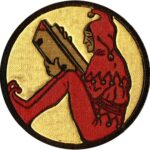
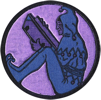 Magnum Pi has 3.14159 mustaches.
Magnum Pi has 3.14159 mustaches.

 Those who read my analysis of two decades of dualistic films (from Dante’s Peak and Volcano to Olympus Has Fallen and White House Down) might be looking forward to the next few months with some excitement … or dread.
Those who read my analysis of two decades of dualistic films (from Dante’s Peak and Volcano to Olympus Has Fallen and White House Down) might be looking forward to the next few months with some excitement … or dread.
We have two films that might be characterized as “dragon-oriented” flicks. December’s The Desolation of Smaug is the obvious first installment in the possible duality. And, although it is not entirely clear how important the draconian climax of the classic Sleeping Beauty will play in May 2014’s Maleficent, we can reasonably expect some dragon-fire from Disney’s film as well.
The real question, of course, is whether these two films can be said to fit the pattern of “realistic vs. cartoonish” that the other dual films in my analysis had. After all, both are developed from what are ultimately children’s stories. Both are fantasies.
Both dragons, on the other hand, are fairly menacing and to be taken seriously. Smaug, with his Old Testament self-veneration, might have the slight edge as the more serious dragon. Despite Jolie’s expert handling, I fear that Maleficent might stumble into hubristic absurdity as Snow White and the Huntsman did despite Charlize Theron’s genius.
Can’t wait to see how it turns out!


Get this: A grumpy “Gregory House + Sheldon Cooper” guy and his spirited, socialite classmate start a detective agency in a quirky, mid-Atlantic beach town.
What is it? A weekly TV drama—set in a fictional Ocean City, Delaware—about Ethan McKean, a cynical but obsessively ethical college kid with Asperger syndrome, and Emma Rodney, a popular daughter of Ocean City aristocracy who partners with him to solve a local cold case. In the wake of their success, Emma sees analytical genius in Ethan and convinces him to open a detective agency.
Working Title: Ocean City.
_
FOLLOW-UP STUFF
Including characters, a sketch of the setting, and plot summaries for an 11-episode first season.


 In a piece called “One Wrong Move,” John Austin at Fresh Pulp Magazine brought up an important point about storytelling while discussing the film White House Down.
In a piece called “One Wrong Move,” John Austin at Fresh Pulp Magazine brought up an important point about storytelling while discussing the film White House Down.
I won’t tell you what scene brought out this epiphany, but here is what John says about it:
… It takes very little to destroy something like a film. That one moment in “White House Down” made me regret the preceding 90 minutes. I felt stupid. I felt like the people who made the film were making fun of me. To my mind it was like they were saying “hey, let’s make this film with decent dialogue, great action, get the viewers hooked on it, and then make them eat a giant shit sandwich with this one sequence.”
I completely empathize with this “Aww, why’d you have to do that?” moment. However, we shouldn’t take this merely as a warning, but also an opportunity. It may be proverbial that any tool for good can be turned to evil, but the reverse is also true.
If One Wrong Move can spoil a story, then One Right Move can make it.
One well-done aspect of a story can really send its overall quality soaring. My favorite example is an acting choice made by Bill Nighy while playing Davy Jones.* When Sparrow maneuvers Jones into trading other people’s souls for his own, Jack asserts: “Now we’re just just haggling over price.” In response, Jones simply repeats the critical word, “Price?” and makes a plopping sound with a puff of air through his lips.
For me, that single sound—signifying both that he dismisses Jack’s self-congratulatory cleverness and yet is considering the offer—simply made the character of Jones. It was relaxed, unpretentious, and hinted at casual malice without being melodramatic.
Keeping in mind that the small stuff really can make or break a story can dramatically improve your chances of editing out your One Wrong Move … and saving your right ones.
_
* You’d think this trilogy is the only story I ever want to comment on, but I comment about it a lot because I believe its complexity and depth as story are massively under-appreciated.

 “Moesia, mo’ problems.” – Emperor Valens.
“Moesia, mo’ problems.” – Emperor Valens.
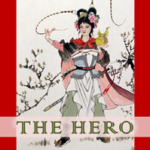
 This is the first installment of my Writing Archetypes series, where I talk about roles, scenes, and plot points that can be found in many stories, synchronizing them with the narrative instincts of the human mind and imbuing them with a distinct psychological presence.
This is the first installment of my Writing Archetypes series, where I talk about roles, scenes, and plot points that can be found in many stories, synchronizing them with the narrative instincts of the human mind and imbuing them with a distinct psychological presence.
You don’t have to be a dyed-in-the-wool Jungian to recognize that archetypes are a core element in storytelling. You don’t even have to like the term “archetype.” Call them what you like: tropes, memes, patterns, threads, modes, models, Platonic forms, şurôt, whatever.
But, no matter what you call them or why they exist, they do exist, and they have undeniable storytelling power.
Let’s start with an easy one. Let’s start with the central one. Let’s start with the Hero.
_